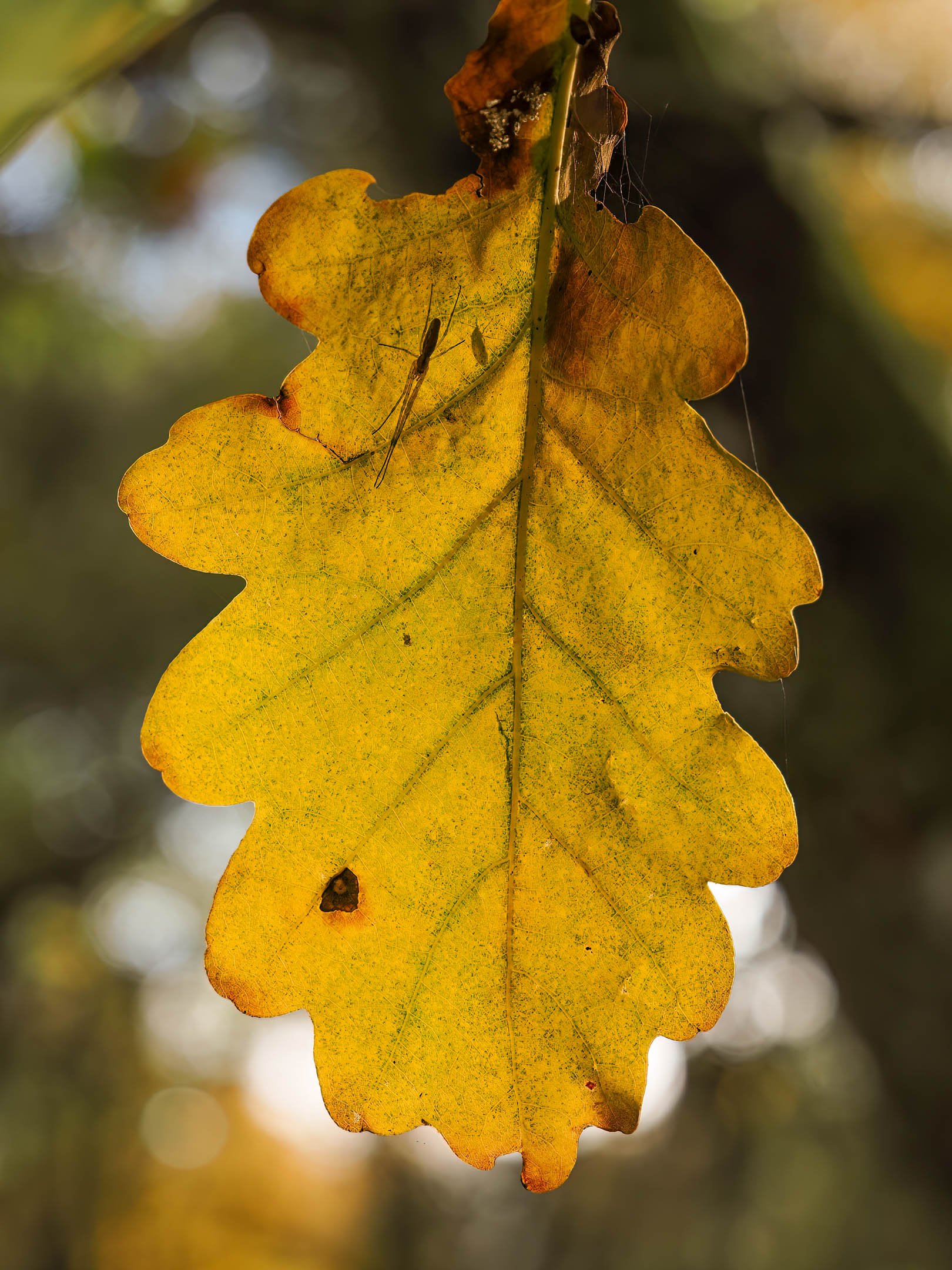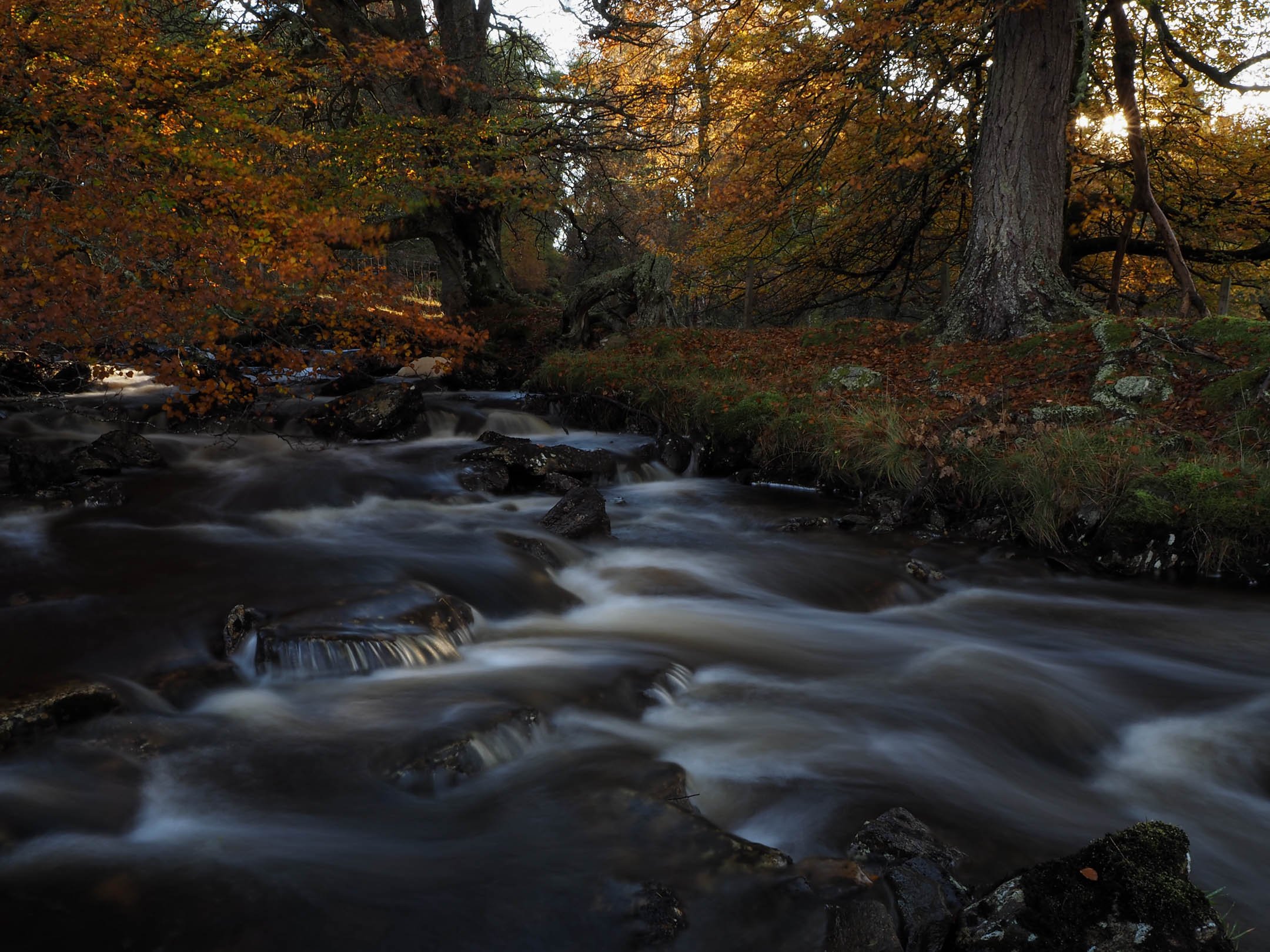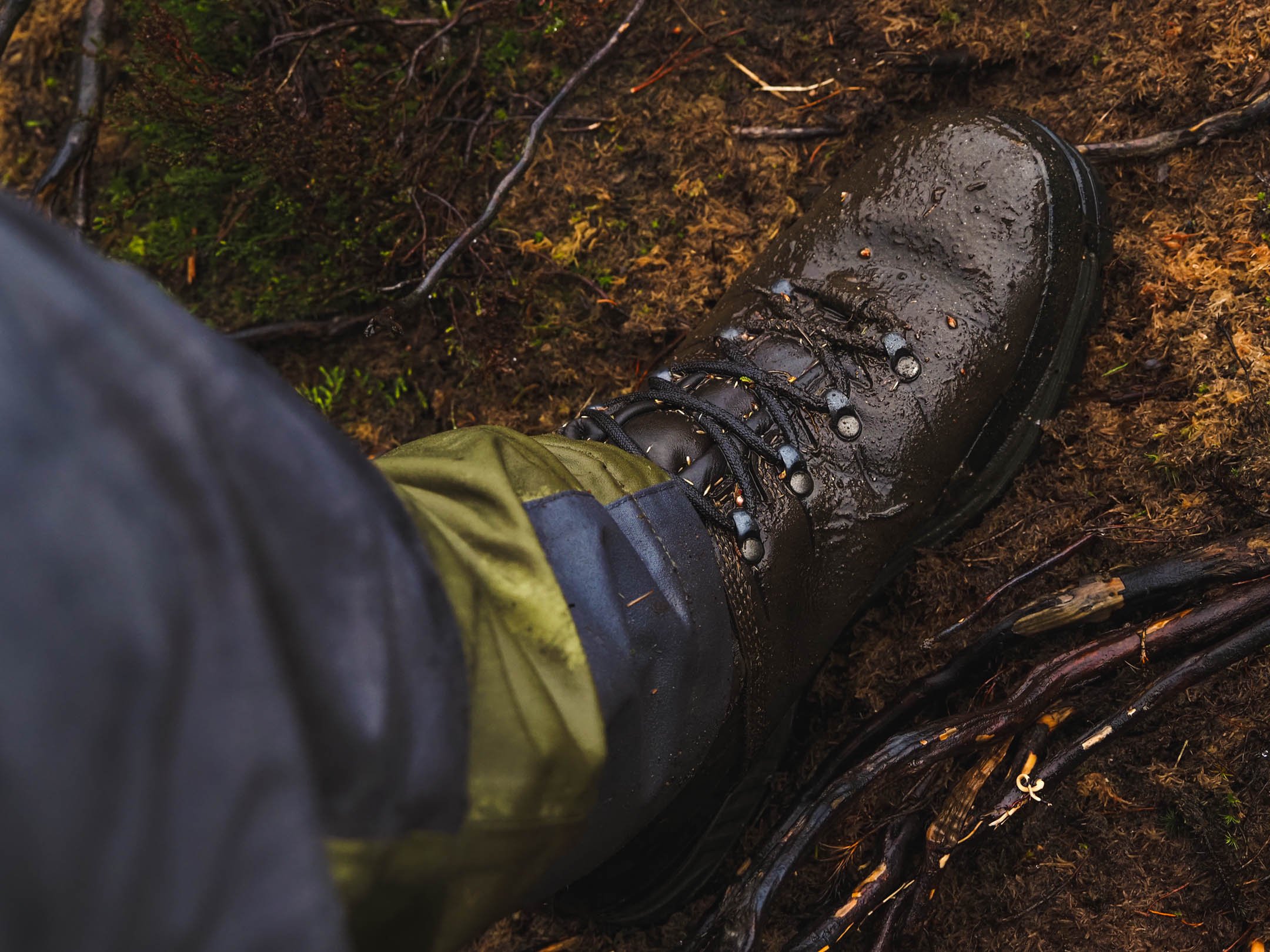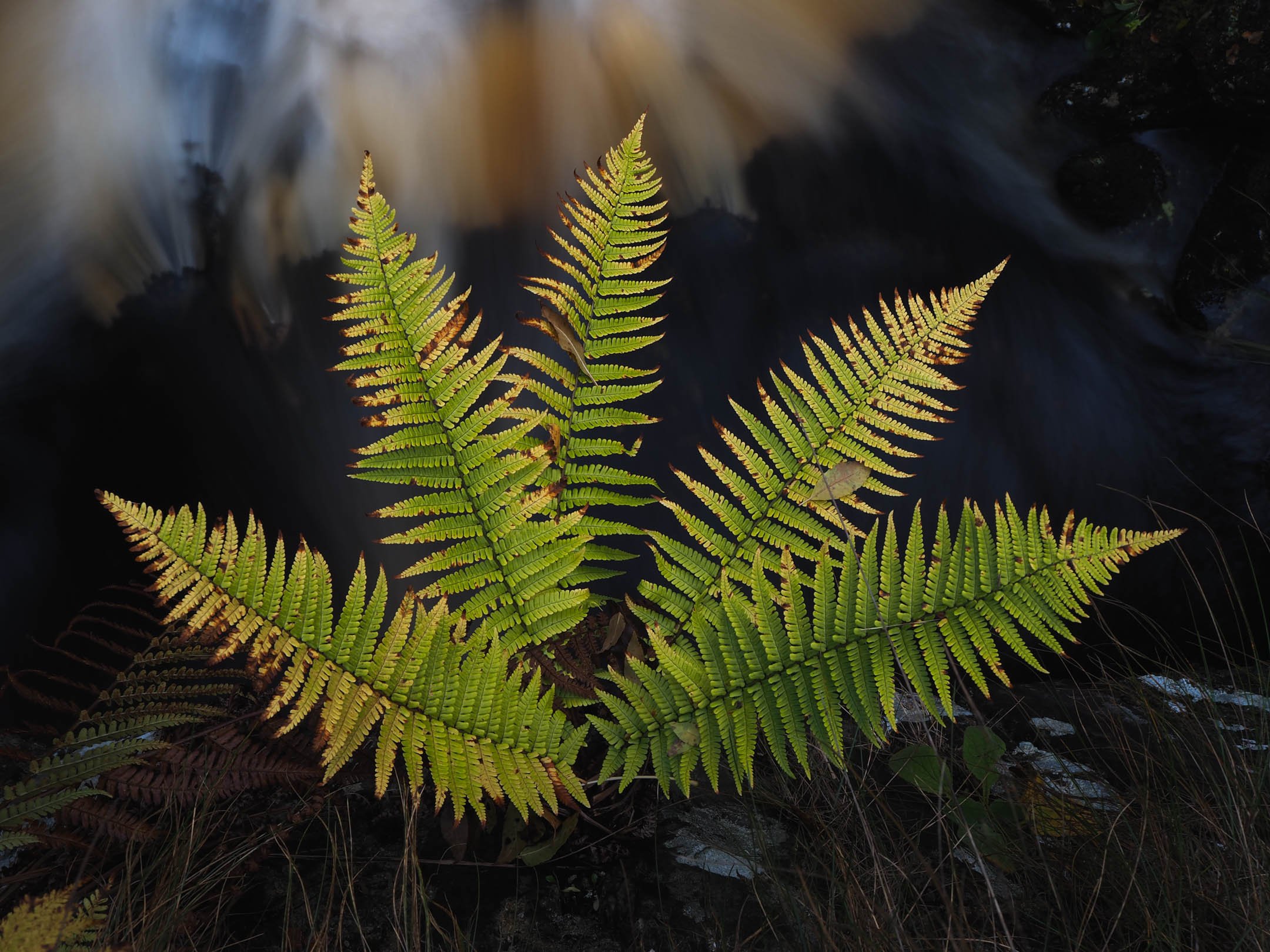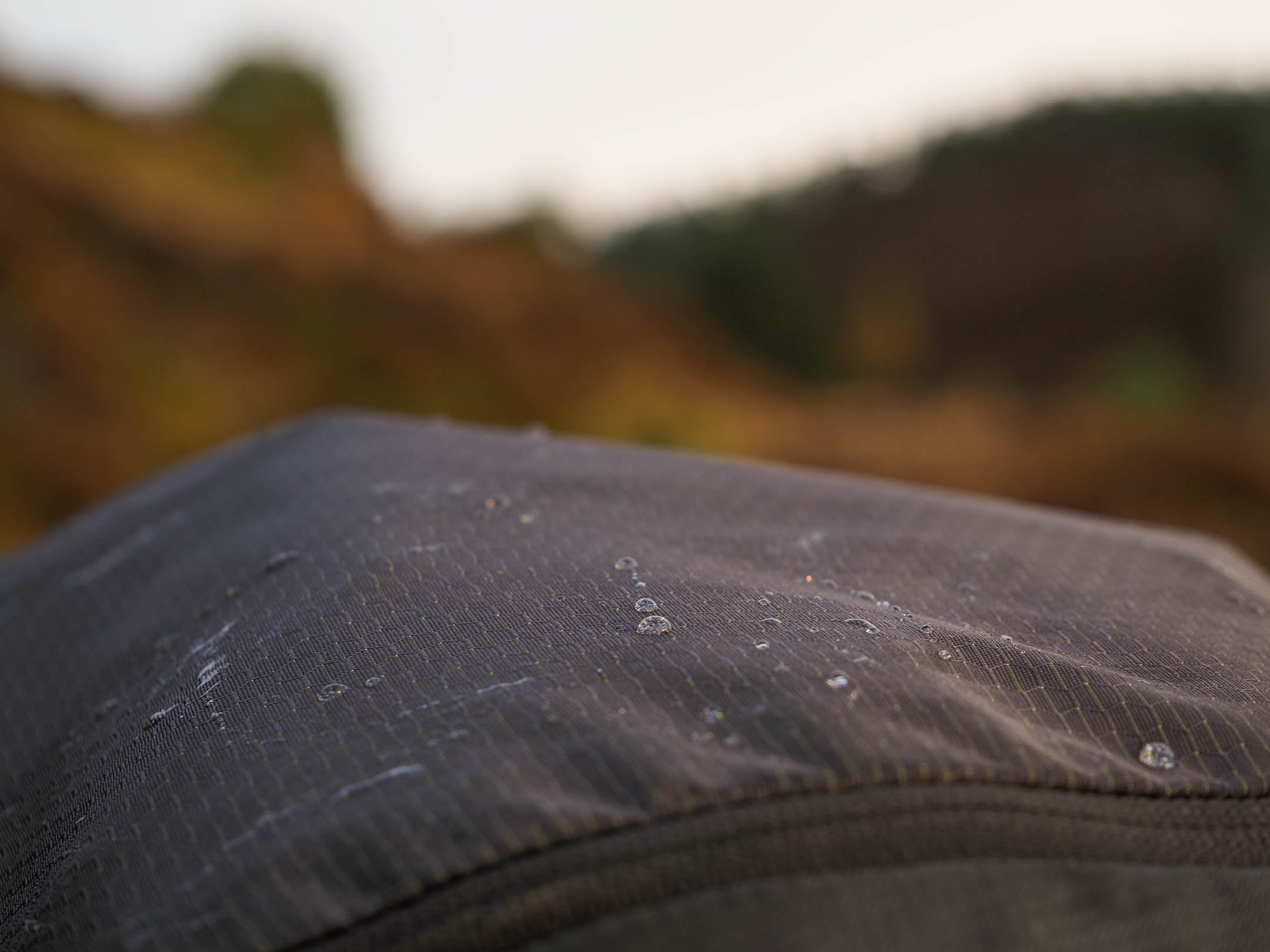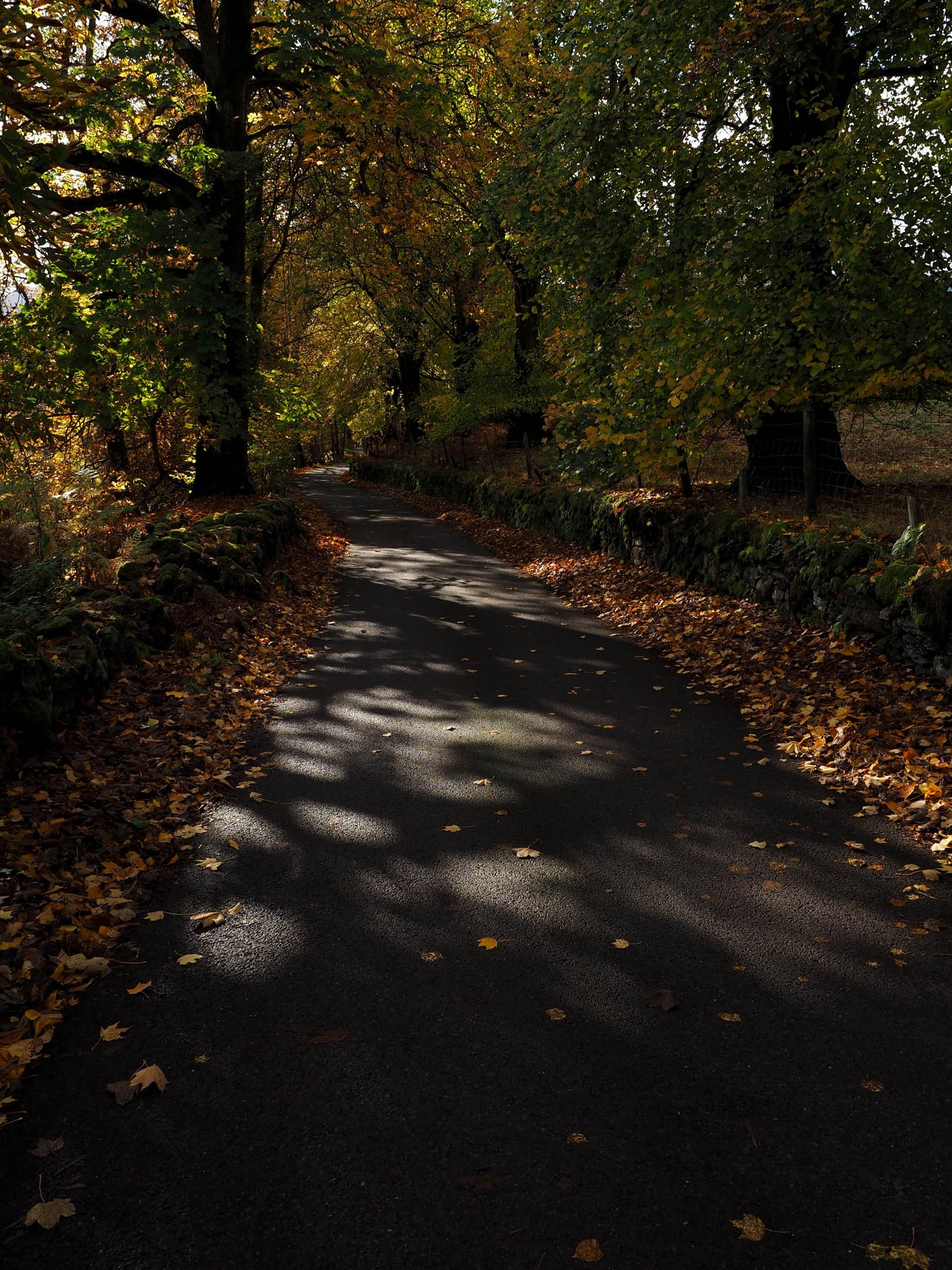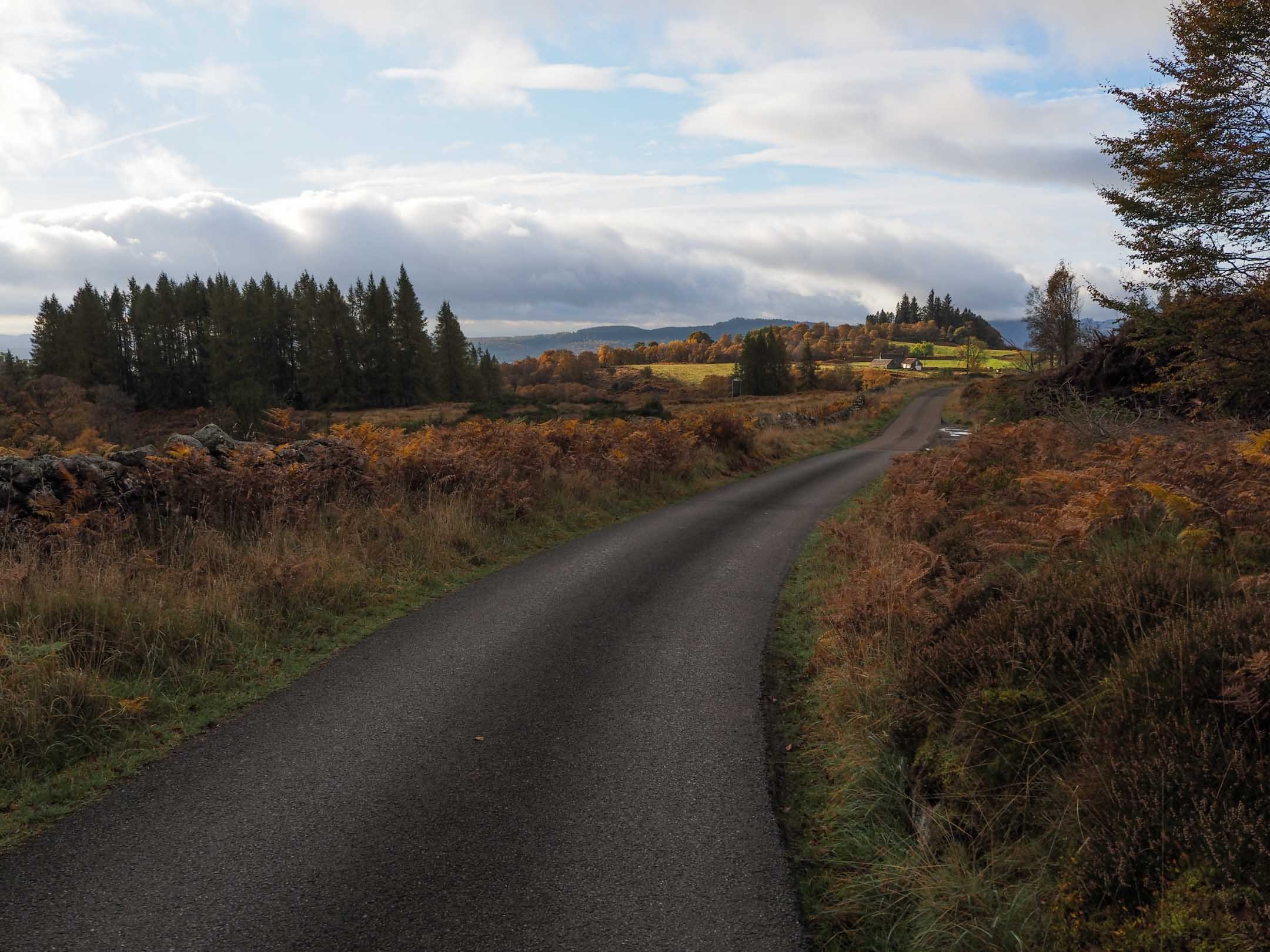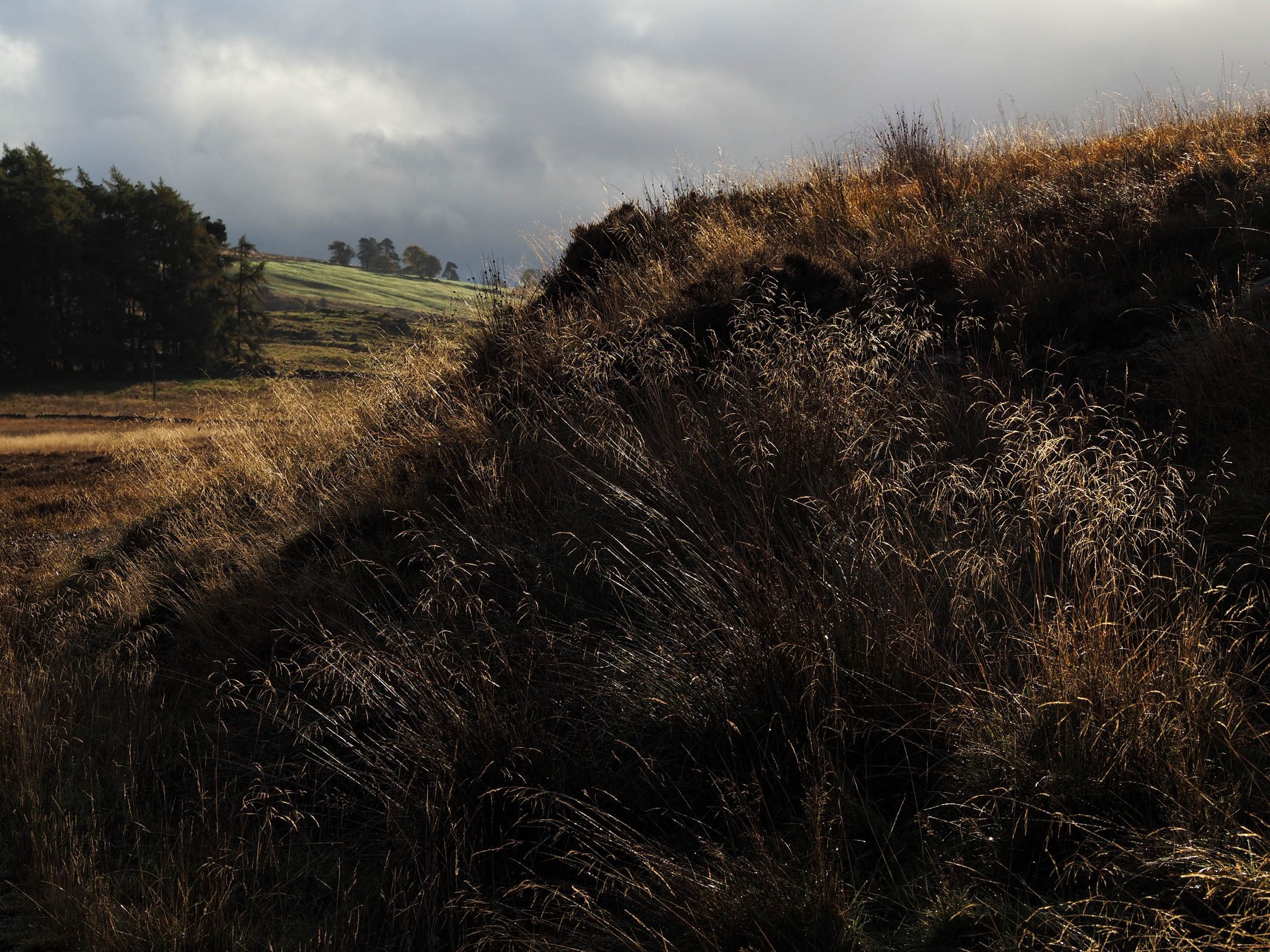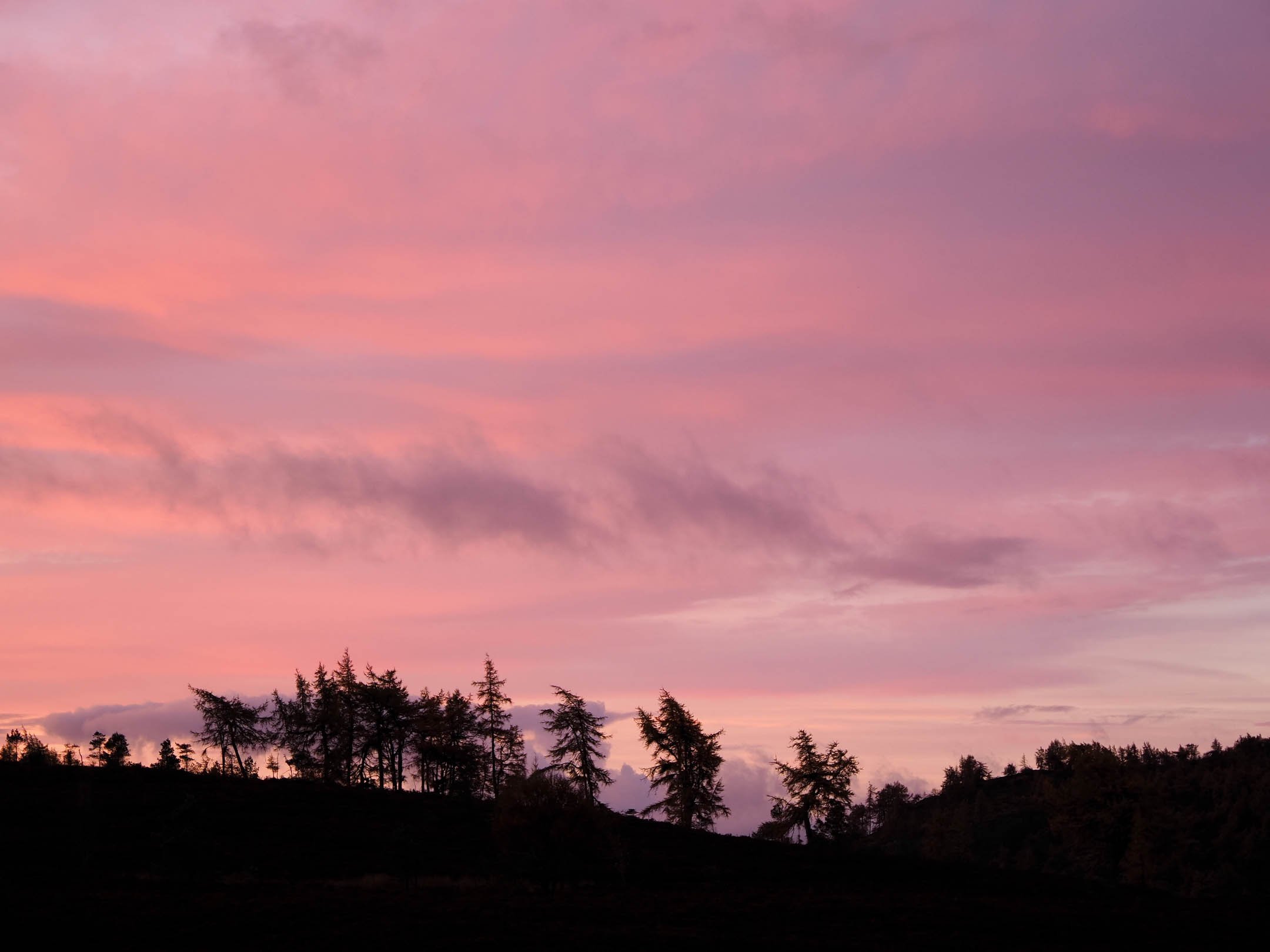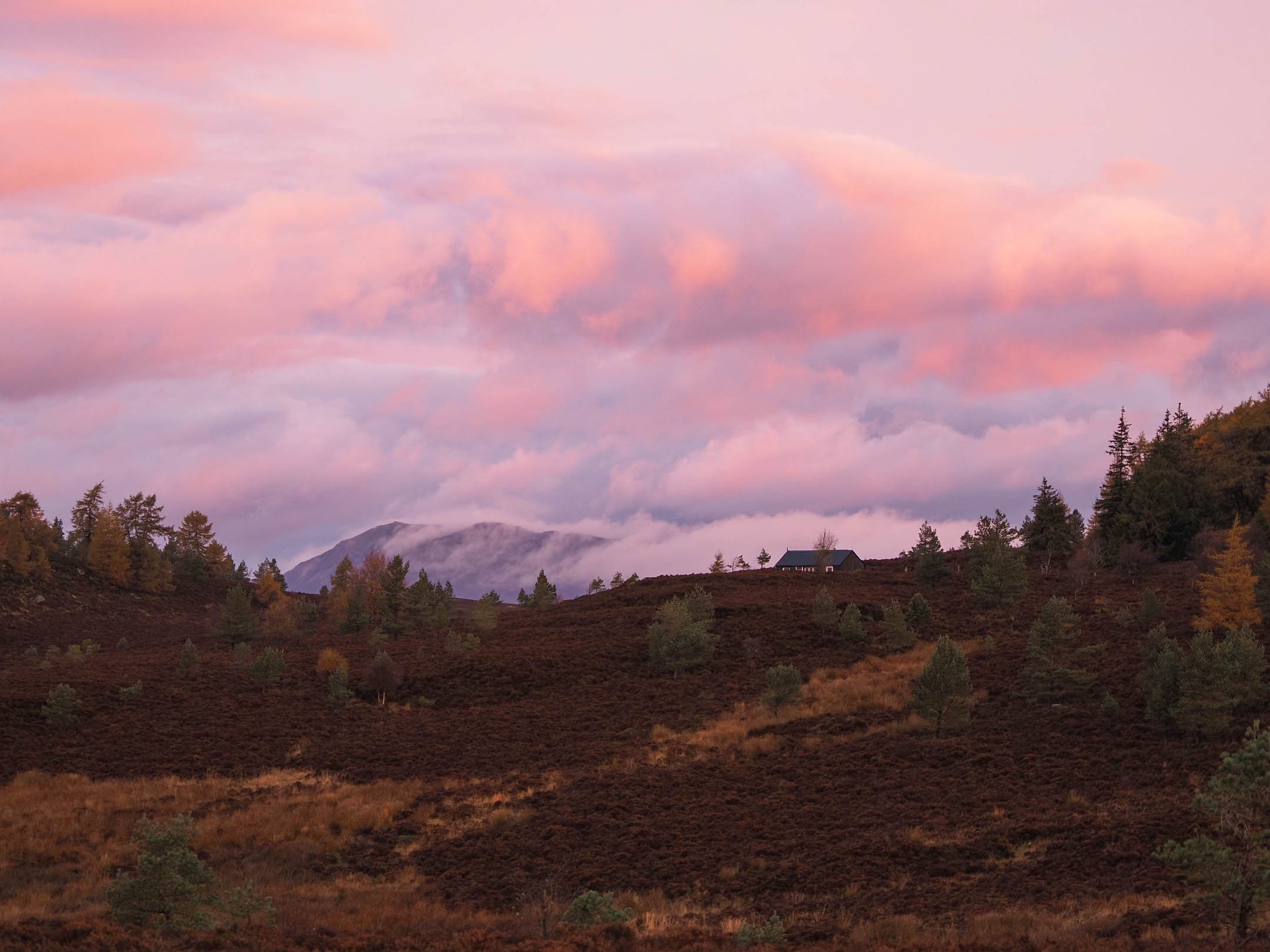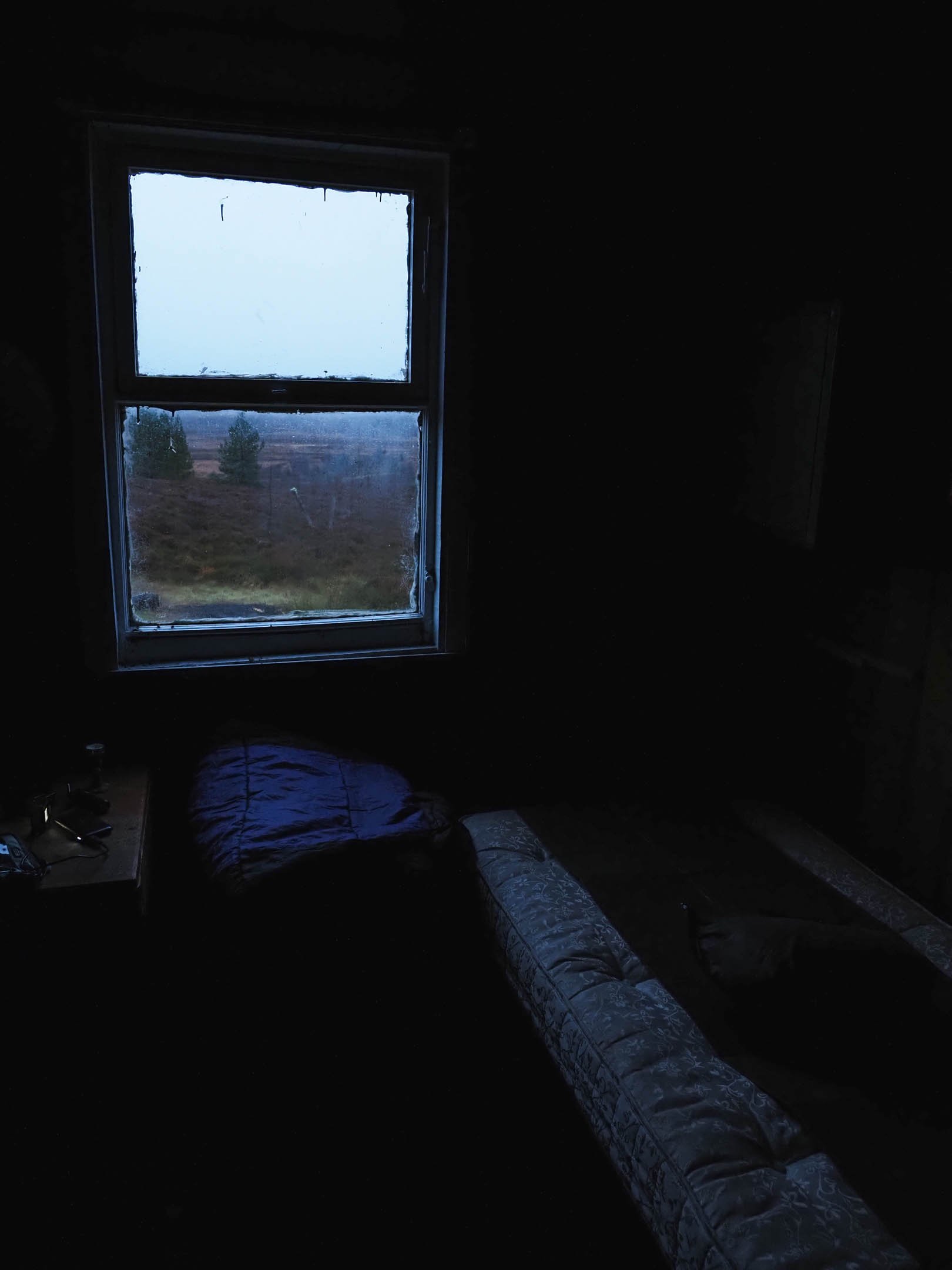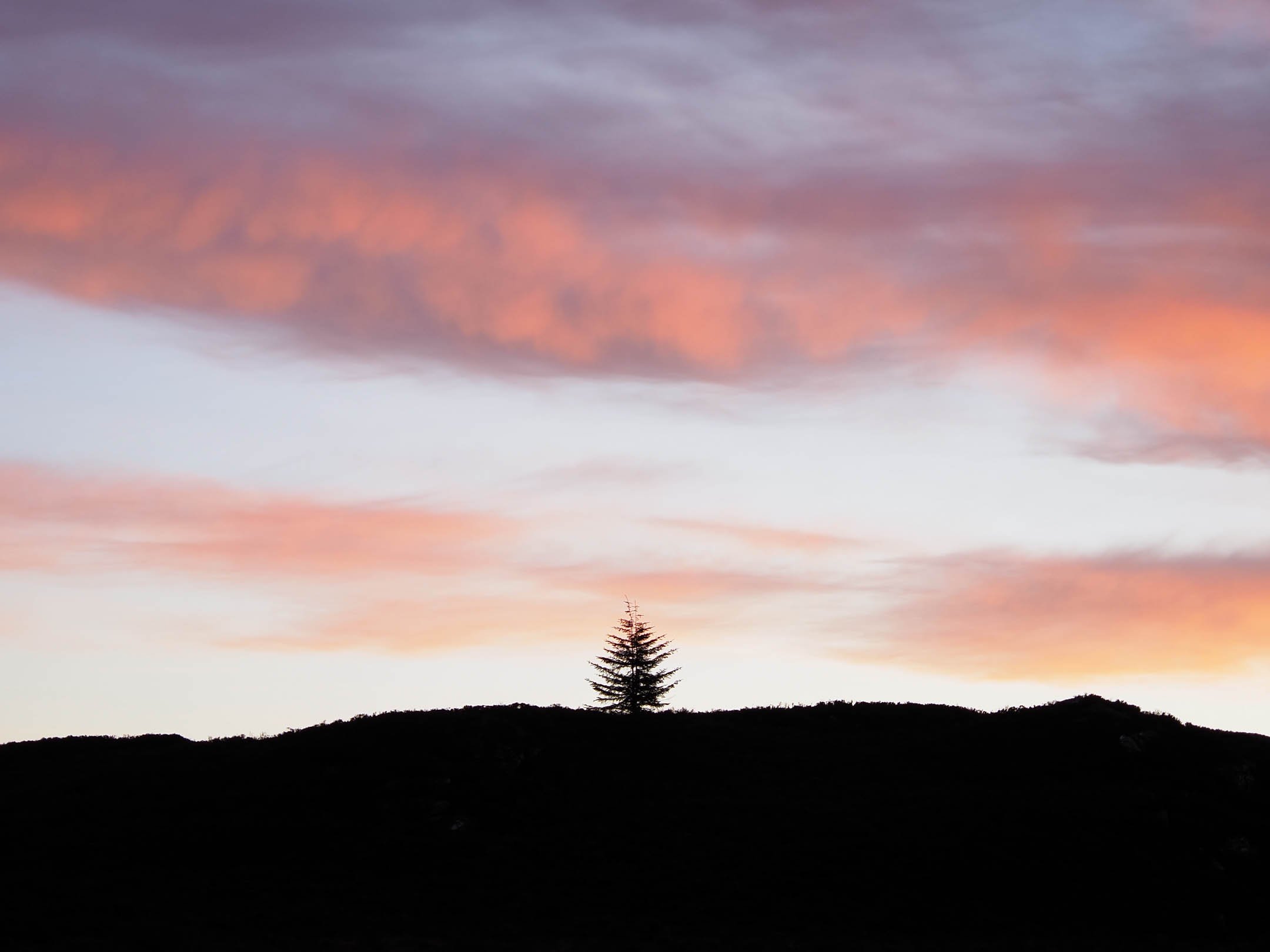OM System OM-5 First Look
8 reasons I like the OM-5 (even as a wildlife photographer)
When I first heard that the new OM-5 was coming out, I wasn’t sure if it would be for me. As a wildlife photographer, I have become very spoiled with the incredibly features on the OM-1, but then again, there’s so much more to photography than just birds in flight, right?
So that brings me to why I was interested to try out the OM-5.
The main reason is that in my spare time, when I’m not photographing wildlife (!), I enjoy long distance hiking. Last autumn my girlfriend and I walked the Cateran Trail – a 103 km route through Perthshire and the Angus glens. We set off from our doorstep, and naturally I wanted to document the trip with my camera.
I brought my EM1ii with the 12-40mm f/2.8, 40-150mm f/2.8, small tripod, spare batteries and a teleconverter 1.4x – all together it added over 4 kg to my backpack.
Now, 4 kg isn’t that much if your main purpose is going out for photography, but for a long distance hike where you’re carrying all the gear and food you need for several days, then you need to save on every gram you put in your backpack. I can confirm 4 kg of camera gear is a lot!
Benefits of the OM-5
Weight
The OM-5 weighs 366 grams.
With the 12-45mm f/4 pro lens it weighs just over 600 grams, I can even bring the 40-150mm f/4 pro lens and it all weighs just over 1kg.
OM-5, 12-45mm f/4, 1/200s, f/4, ISO 400
OM-5, 12-45mm f/4, 1/200s, ISO 400 - minimum focus dist. 12cm
It really is the kind of camera you can bring anywhere and not even notice that you’re carrying it.
2. Specs
The new OM-5 is also packed full with specs and improvements over it’s predecessor, and it’s rated IP53 which is the same as the flagship OM-1. That means I’m not worried about taking this camera out in any weather.
For me as a vlogger, the OM-5 is also an ideal little camera with great face/eye AF tracking that I can shoot 4K footage with to make my YouTube videos.
3. Pro Capture 30fps
A feature that I absolutely love for wildlife photography (check out my blog post on Pro Capture setup), but probably not something that I personally will be using on the OM-5. When I use Pro Capture it’s usually when I wait for an animal to do an action that’s difficult to predict, and when I’m doing serious wildlife photography I’m going to be using my OM-1 which can shoot 120fps using Pro Capture. I can see this feature being useful for the recreational photographer though who wants to play around with the feature. Pro Capture on the OM-5 is limited to 30 fps with up to 14 pre shutter frames and locked AF/AE.
4. 50MP Handheld High Resolution
A perfect feature for this little camera as I’ll mostly be shooting with it handheld. If I come across a really nice scene that I want more pixels and detail in the image I can switch to high res mode and capture a 50 Megapixel photo handheld. If using a tripod it can be increased to 80 MP. Using the high res mode also gives you a higher dynamic range and less noise.
OM-5, 12-45mm f/4 - 15mm, f/8, 1/13s, ISO 200 - Handheld High Res
5. Starry Sky Auto Focus
First introduced on the EM1iii, the starry sky AF is incredibly useful if you’re photographing the night sky. Change the AF mode to Starry Sky AF, aim at the sky and press focus. Seconds later and the camera will have automatically acquired focus on the stars and you don’t have to worry about focus for the rest of the session.
6. Live Composite
Hand in hand with the starry sky auto focus is the Live Composite Mode where the camera will keep taking image after image, but combine it into one image and only adding new light. Perfect for star trails where you can see the image updating at the back of your camera and stop it when you like what you see. Unfortunately, on my walk to the bothy it was mostly clouded all night so I didn’t get to use the feature this time around.
7. Focus Stacking
This is a feature I found myself using all the time with the 12-45mm f/4 Pro lens. Since the minimum focus distance on the 12-45mm lens is 12cm it functions very well to photograph close up details, it can give you a 0.25x magnification or 0.5x in 35mm equivalent.
OM-5, 12-45mm f/4 Focus Stacking 8 frames, f/4, 1/200s, ISO 200
Focus stacking is basically focus bracketing with the additional benefit that the camera stacks the images for you in a matter of seconds and produces a final jpeg image for you in camera. This allows you to see if you got the image you wanted and if you got the areas you wanted sharp.
Focus stacking is limited to 8 frames, which is slightly less that the OM-1 and other larger cameras which allows you 15 images. However, 8 frames is usually enough to get sharpness throughout, and you can change the focus differential and f-stop if you need more depth of field. Or, alternatively you can use focus bracketing which pretty much allows as many frames as you want (999). Both focus bracketing and stacking also saves the individual frames in RAW so that you can stack them yourself in post and have more freedom with your editing.
OM-5, 12-45mm f/4 Focus Stacking 8 frames
8. Live ND16
ND16 allows you to simulate using a filter of 4 stops of light, allowing you to shoot with slower shutter speeds. This is great for getting that nice smooth flow in moving water. I found myself using this every time I passed any remotely photogenic fast flowing stream. Sure, it can slow a walk down, but I think it’s worth it.
OM-5, 12-45mm f/4, 12mm f/18, 2sec, ISO 200 - ND16
In combination with using the ND16, a larger f-stop and sometimes a low ISO of 64 I was able to use a slow shutter of several seconds in the middle of the day and get the type of images that looks so good with the surrounding autumnal colours. With the 6.5 IS of the OM-5 I found that I could get decent images handholding for a couple of seconds.

